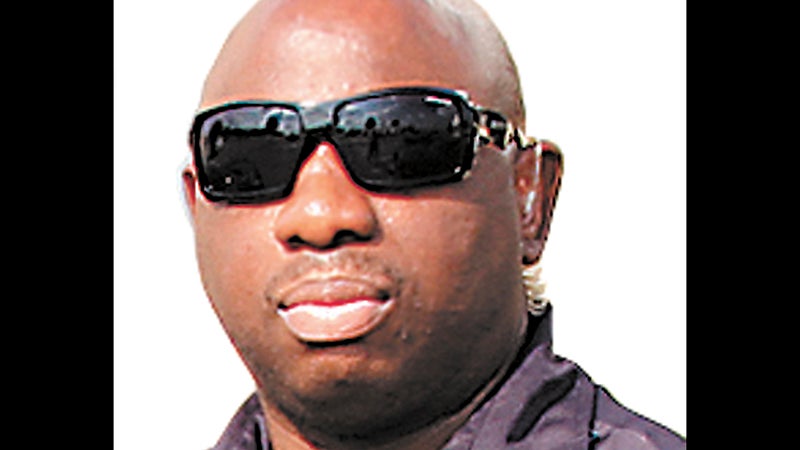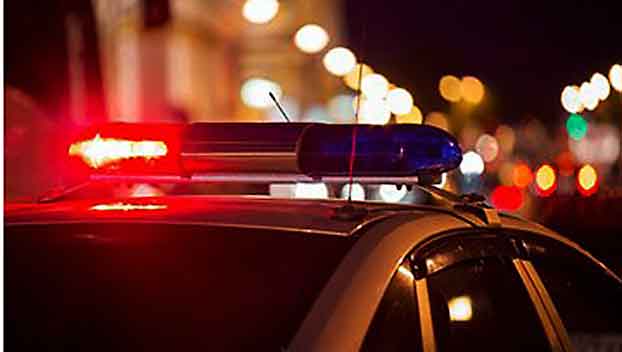ASK A COP — Tips for driving in unpredictable weather of Southeast Texas
Published 2:55 pm Monday, August 2, 2021

- Officer Rickey Antoine
|
Getting your Trinity Audio player ready...
|
Cam from Port Arthur asks: Can you please give some tips about driving in rainy weather in Southeast Texas? Even though we don’t see you stopping cars as you used to, the ghost of Antoine is still present in the minds of those who remember that if you break the law, Antoine will catch you and write you a ticket. It’s hard to find someone who doesn’t know you or hasn’t heard about Officer Antoine.
Answer: Thanks for the kind comments. What a timely question for very unpredictable rainy weather. In Southeast Texas, we don’t know what the weather will bring us: rain, sunshine, lightning, storm, hail or fog. As a resident of Southeast Texas, we know we can experience many, if not ALL of those conditions in the SAME day. My first advice is if you don’t have to drive, stay off the roads during inclement weather conditions. In Southeast Texas, we deal with heavy downpours during thunderstorms, as well as iced roads, bridges and thick fog. Excessive speed kills during optimum driving conditions, and if we add the element of rain, fog or iced roads, speeding will be your enemy multiplied by 100. Reduced speed during inclement weather is smart driving.
It is advisable for all drivers to move into the right lane and operate your vehicle at a safe speed, even if it’s well below the posted speed limit. If a safe speed for you is 25 or 30 mph because of the weather condition on Highway 69, make sure to turn on your hazard lamps. If your vehicle starts to hydroplane, ease off the gas pedal or brakes and steer into the direction of the skid until you have regained traction, then straighten your vehicle. Check your vehicle and make sure you have good tire maintenance and windshield wiper blades. Normally, inclement weather doesn’t sneak up on us, so daily check your weather condition in advance to know what weather road conditions you will be facing.
Lynne from Port Arthur asks: In a previous column, you advised using hazard lights if driving below the speed limit in bad weather. I had just navigated through a heavy rainstorm on my way to Houston on I-10 the previous day and was extremely frustrated that every car in every lane, regardless of speed, had on their flashing lights (I was not). I couldn’t tell who was stopped or stopping and who was just using flashers because it was raining. My recollection of driver’s training in another state (perhaps faulty) was hazard lights were only to be used when stopped. The Texas Driver Handbook just says they are used to “warn others the vehicle is a hazard.” Please clarify if I should be more patient with all the drivers using flashers in the rain, but I still think it makes it more difficult to tell who is actually stopped if visibility is poor.
Answer: In the weather condition you described Lynne, you and ALL other motorists should practice patience. During inclement weather, you will either practice patience or be forced to take patience. Meaning if the highway is crowded, you will just have to wait your time, whether you agree with the other motorists’ current driving behavior or not! There is no law that says you can or cannot activate your hazard lamps while pulled over on the side of the road. Keep in mind it’s important to warn someone approaching from the rear and front to pay attention to my vehicle. You are more that welcome to activate your hazard lamps if you are moving or parked.
Pauline from Winnie asks: I work in Port Arthur and my office uses this article for a safety meeting every Wednesday. Someone brought up the use of turn signals. We understand that someone must signal at least 100 feet before they turn. But what about the vehicle that’s traveling on the road with their signal on for 10 blocks and hasn’t made a turn? Is it illegal to drive with your signal on and not turn? How long can one drive with their signal on before they must turn?
Answer: The state of Texas states a driver must activate their signal indicator at least 100 feet before they make a turn. The state of Texas DOESN’T have anything to say about how long a driver can operate a motor vehicle with its signal on before making a lane change or turn. You can drive with your signal on and not make a lane change or turn and still obey the law even if you have driven one continuous mile with your signal on and never turn or changed lanes. I know and agree that sounds sort of strange but that’s our state law.
Join me, Officer Rickey Antoine, for Ask A Cop live on KSAP 96.9 FM The Breeze every Tuesday from 1 p.m. until we are done discussing Ask A Cop. You can also tune in via the internet at ksapthebreeze.org. Feel free to call in and ask a question live at 409-982-0247. Remember to email questions to rantoine@portarthurpd.com, call 409-984-8541 for voice mail or mail them to: Ofc. Rickey Antoine, 645 4th Street, Port Arthur, Texas, 77640. If you happen to see me in public, you can always “Ask A Cop.”





